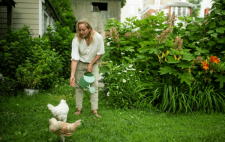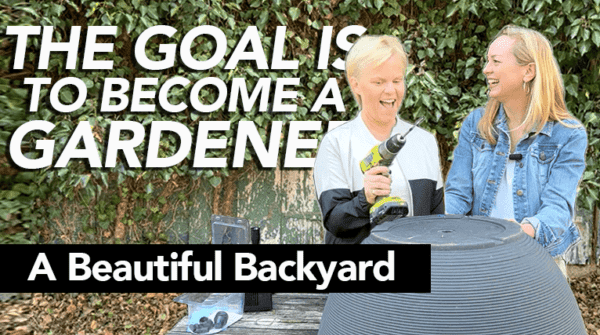Have you ever wondered how that gardening influencer you follow on Instagram knows when and what to plant? Well, odds are they’ve consulted the USDA’s gardening zone map to determine the best crops and the best timing for their particular area.
But times, they are changing. And not always for the better.
This year, the USDA announced that their gardening zone map now looks different. And that means some shifting for our growing season, says SJ Mag’s resident gardening expert, Toni Farmer.
“The gardening zones are about our climate,” she says. “Each zone is grouped by the expected first and last frost dates of the season. And as climate change continues to affect our planet, those zones change.”
Last year, if you checked the map, the west part of South Jersey would have been in Zone 6b, on the edge of Zone 7. Cape May would have been Zone 7b. Now, west parts of South Jersey are solidly in Zone 7, says Farmer, and Cape May went up to Zone 8.
Before this year, gardeners in South Jersey wouldn’t get started on their planting until April or later, to make sure they were past the last frost of the season. But this year, as Farmer experienced herself, gardeners in the area have been able to get an earlier start.
While Farmer has a tradition of planting peas every year on St. Patrick’s Day, this season she planted those seeds a whole 2 weeks earlier.
“This means our growing season is longer,” Farmer says. “Which is great for us right now, we can grow more. But as a sign of things to come, it’s bad.”
The growing season may be longer, but thanks to climate change, those early and late days are risky. With climate change comes unpredictability, meaning some bad luck could cost your whole crop. “In Georgia last year, they lost 90% of their peaches because of a late frost,” Farmer says.
But this news doesn’t mean you can’t get a jump start on your gardening, it just means you’ll have to keep an eye on the weather. The weather, not the climate. There’s a difference, Farmer points out.
“The climate is what the average temperatures are over time, whereas the weather is what’s happening today,” she says. “So we need to be aware of the climate changing, but we’re going to watch what’s happening with the weather to make decisions for our gardens.”
For example, if you plant some seeds in March or April, be sure to keep an eye on the upcoming weather forecasts. And if you see a chill coming – if there’s a frost warning or temps will drop below 36 degrees – it’s time to give some extra tlc. To keep them warm overnight, Farmer suggests taking lids or bottoms of takeout containers and placing them over the seeds. You can also use a sheet or blanket, and if you have your seeds in pots, you can bring them inside for the night.
“The other week, I was going away and I drove all my seedlings over to my friend’s house,” Farmer says. “I was going to be gone for a whole week and I didn’t want to risk it. She did such a great job, they look beautiful.”













